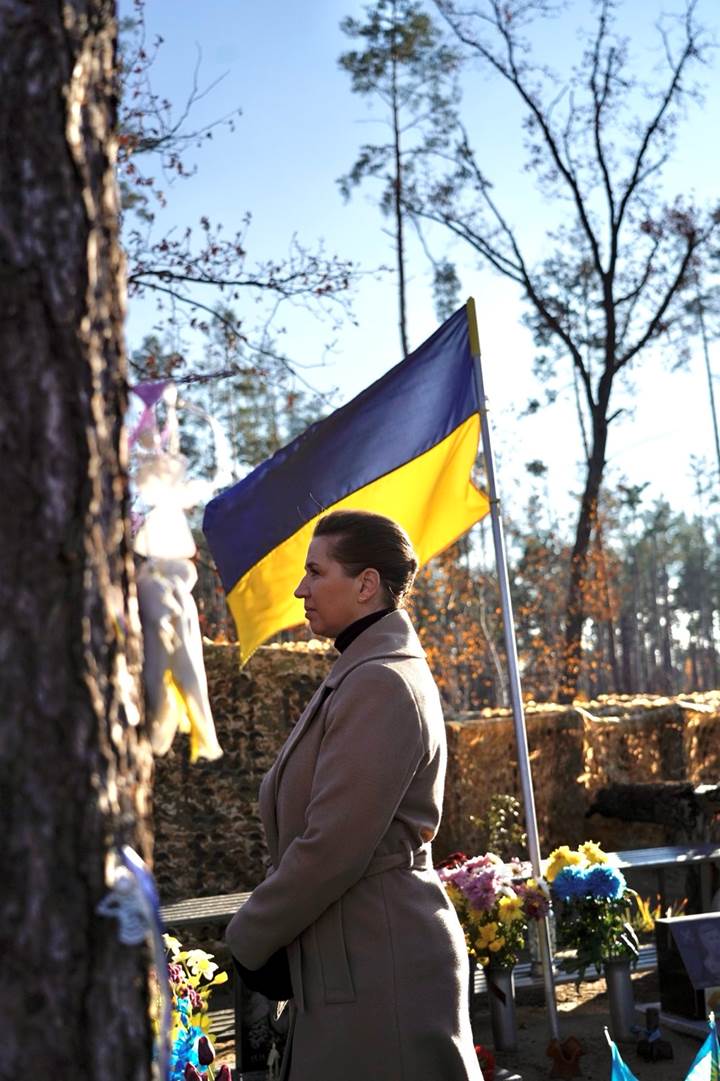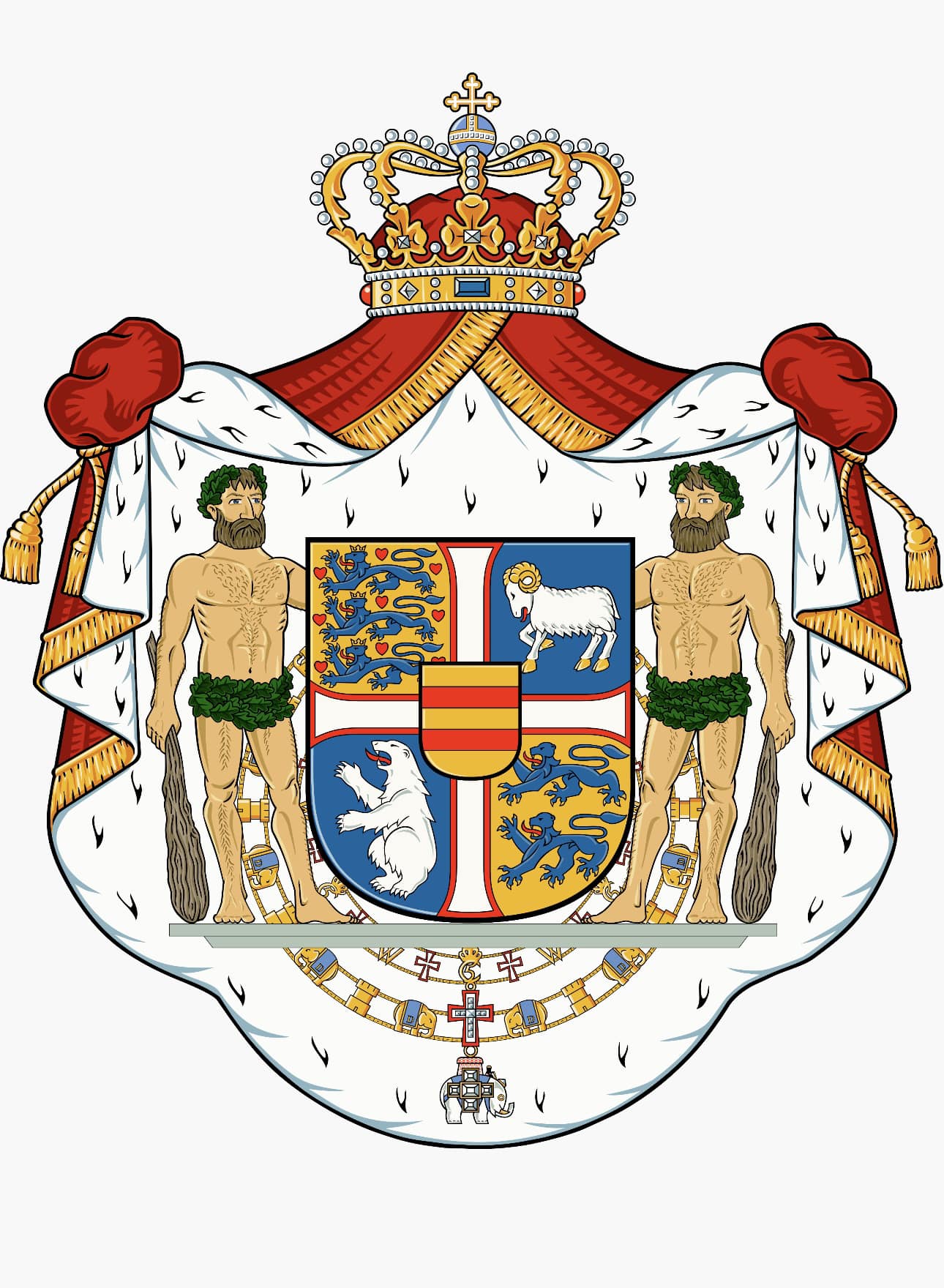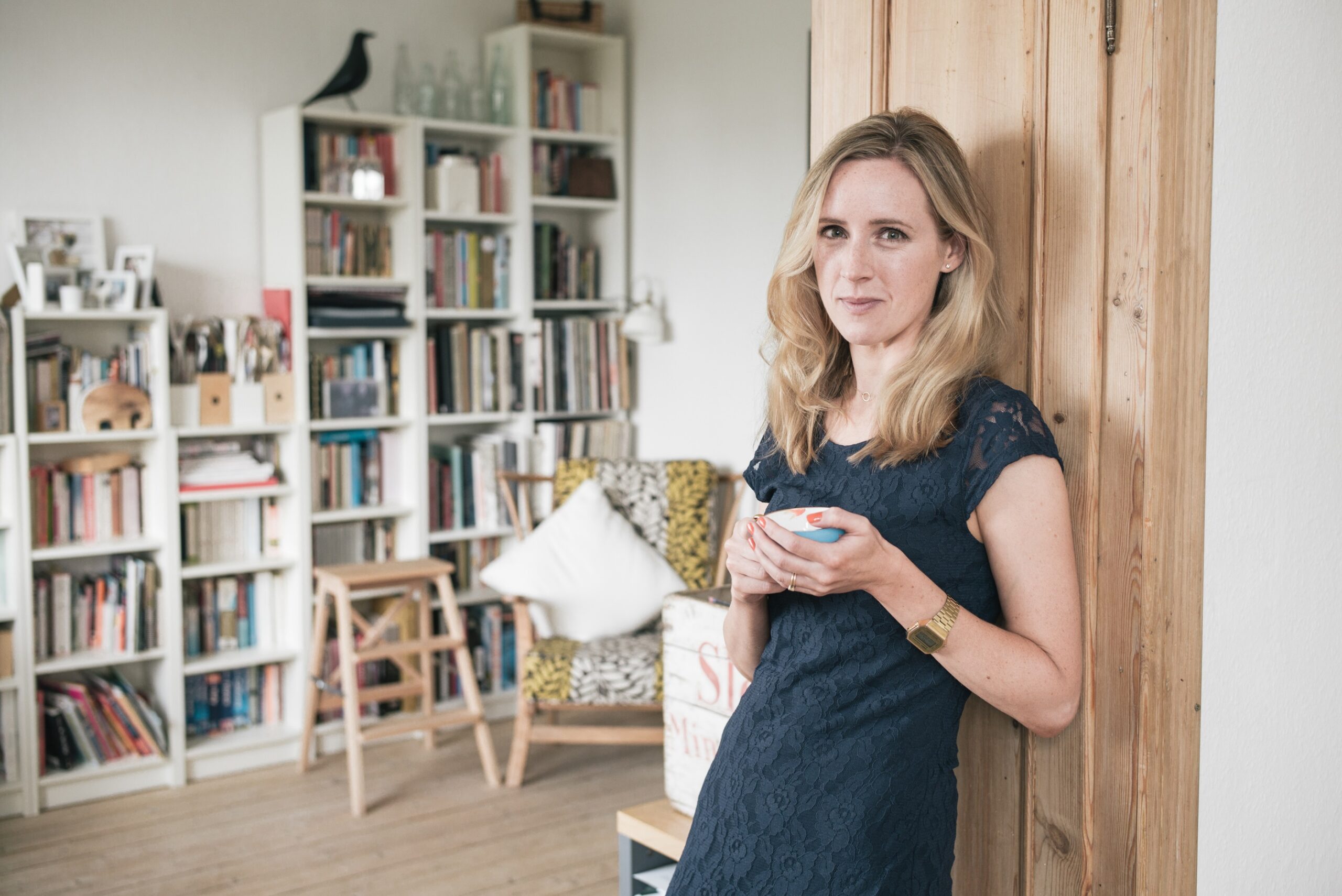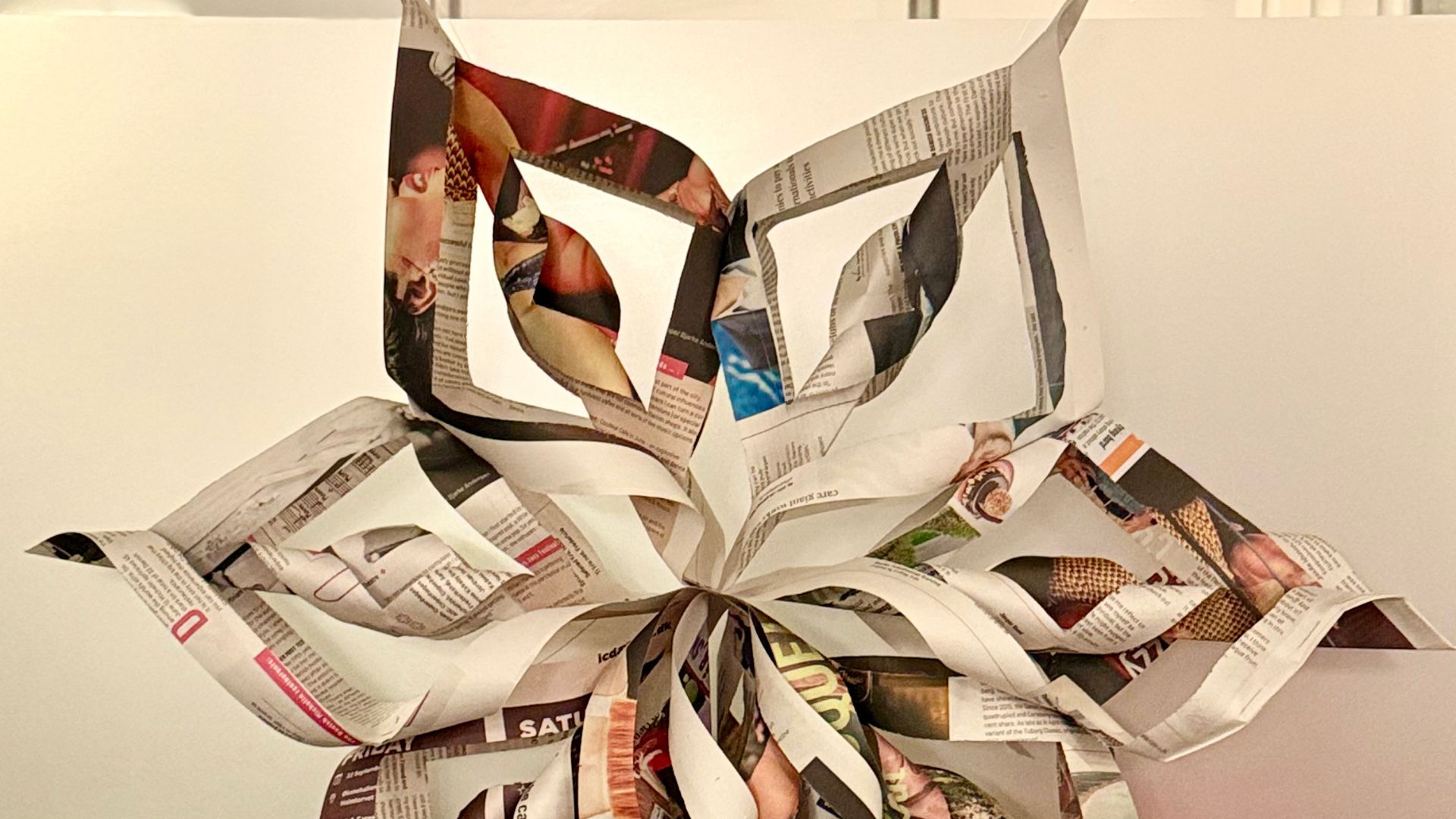 George Valentin (Dujardin) is the toast of Hollywood’s silent era. A swashbuckling smoothie with pearly whites and devilish screen charisma, Valentin has a beautiful wife, a giant house in the Hollywood hills and a cuddly canine companion to boot – everything a man could desire. And then one day he has a chance encounter with a lowly background artist by the name of Peggy Miller (Bejo). She awakens something within him, showing him exactly what his life is lacking. As their attraction to one another grows, Valentin’s life begins to collapse. With the advent of ‘talkies’ his career is quickly diminished. Conversely, Peggy has moved on from background work to usher in this era as the studio’s new leading lady. They lose touch as her star ascends and Valentin’s spirals further downwards. Before long though, fate inevitably conspires to reunite the pair.
George Valentin (Dujardin) is the toast of Hollywood’s silent era. A swashbuckling smoothie with pearly whites and devilish screen charisma, Valentin has a beautiful wife, a giant house in the Hollywood hills and a cuddly canine companion to boot – everything a man could desire. And then one day he has a chance encounter with a lowly background artist by the name of Peggy Miller (Bejo). She awakens something within him, showing him exactly what his life is lacking. As their attraction to one another grows, Valentin’s life begins to collapse. With the advent of ‘talkies’ his career is quickly diminished. Conversely, Peggy has moved on from background work to usher in this era as the studio’s new leading lady. They lose touch as her star ascends and Valentin’s spirals further downwards. Before long though, fate inevitably conspires to reunite the pair.
It’s impossible to see this film without certain preconceptions. It arrives here on Danish shores amid glowing press. Boasting relatively unknown leads and appearing on the festival circuit from seemingly nowhere in 2011, this film has quickly become the darling of this current season of award ceremonies. Cannes and Golden Globes wins are hotly tipped to be followed by glory at the imminent BAFTA and Oscar ceremonies.
Perhaps then it’s important to briefly look at from where this film did emerge. Writer/director Michel Hazanavicius has been active for many years but has only made two full-length films prior to this. These were both comedies that, despite being commercial ventures, you would be unlikely to have seen outside of France. “OSS 117: Cairo, Nest of Spies” (2006), and its sequel from 2009, are James Bond spoofs, a French response to Austin Powers or Johnny English. While these films have a more restrained humour, they are meticulously crafted, with a keen eye for ‘60s Connery-era aesthetics.
There are clear parallels between The Artist and Hazanavicus’s two spy spoof films. The Artist’s lead, Dujardin, is also the lead in these two previous films (bearing more than a passing resemblance to a youthful Sean Connery) and in all three outings he exhibits a boundless charm, an infectious energy and a flair for physical comedy. As with the spy films, The Artist’s visuals have been constructed with painstaking care and in-depth period detail. From the opening credits sequence up to the last frame we are convincingly transported to a forgotten Hollywood of the 1920s and 1930s.
So does the DNA from Hazanavicus’s previous films reveal The Artist to be little more than a competent comedic spoof on early American cinema? Yes and no. It’s not an entirely soulless venture. Dujardin and Bejo are joyful in many of their early scenes together and they give as much as their restraints allow but the ‘Prince Charming meets Cinderella’ premise of the film is thinner than the celluloid it’s printed on. Initially peppered with some hilarious visual set pieces, the predictable narrative quickly runs out of steam by the second third and the leads’ admirable chemistry fail to fire it up again.
It’s difficult to see why this film is being championed so highly. Many will defend it by claiming that detractors are put off by a lack of colour, dialogue, explosions and other contemporary mainstays. But really their efforts would be better spent lauding Chaplin’s Modern Times or Murnau’s Sunrise. Perhaps fans of Jeunet’s Amelie (2001), that other pretty French export with a similarly insubstantial romantic element, may well find that the strawberries and cream of this film is enough to leave them satiated, but a more discerning audience will require more than just sweets to feel full.

The Artist (7)
Dir: Michel Hazanavicius;
Fra/Bel drama-comedy, 2011, 100 mins;
Jean Dujardin, Bernice Bejo, John Goodman, James Cromwell
Premiered February 9
Playing nationwide















